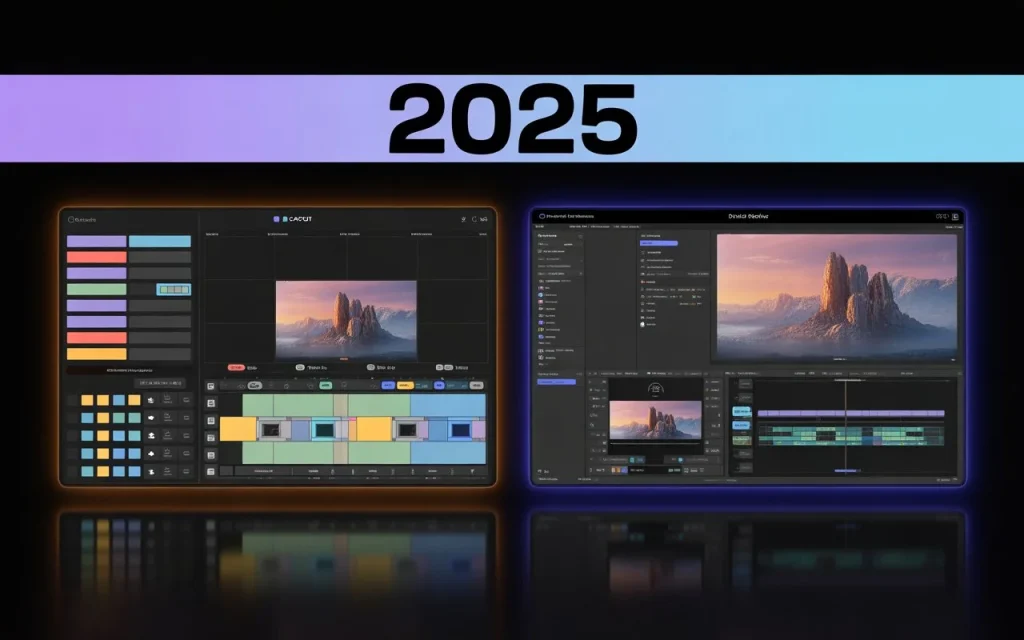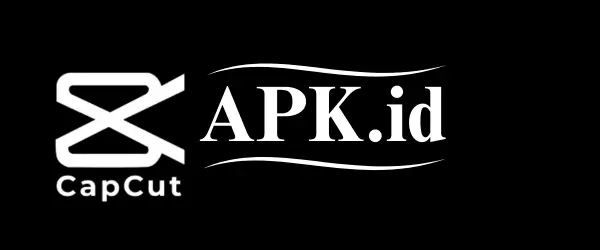CapCut vs DaVinci: Best Video Editor App Comparison Latest

Video editing has transformed from a niche skill into an essential part of online content creation. Whether you are producing short-form TikToks, YouTube vlogs, or cinematic films, the right editor can define your content quality. Two of the most discussed video editors in 2025 are CapCut and DaVinci Resolve. On the surface, both allow you to cut, trim, and enhance videos, but they target very different users.
CapCut is a free, mobile-friendly tool created by ByteDance (the parent company of TikTok), while DaVinci Resolve is a professional-grade editor trusted by Hollywood studios. If you are deciding between the two, this guide provides a detailed, feature-by-feature breakdown of CapCut vs DaVinci Resolve, showing where each excels and who should use them.
Ease of Use and Learning Curve
CapCut: CapCut is built for beginners and casual creators. Its drag-and-drop interface, simple tools, and ready-to-use templates make it one of the easiest editors for people who have never touched professional editing software. Adding text, music, stickers, or transitions is quick and intuitive. It’s perfect for TikTok, Instagram Reels, and YouTube Shorts creators who want instant results.
DaVinci Resolve: DaVinci Resolve is far more complex. It offers professional modules for editing, color correction, audio engineering, and VFX. Beginners may find it overwhelming, but its node-based workflows, advanced timeline, and precise tools provide complete creative control. Many professional editors invest months mastering Resolve to unlock its full potential.
Winner: CapCut for beginners and social creators, DaVinci Resolve for professional editors.
Platform Availability
CapCut: Available on iOS, Android, Windows, macOS, and Web. This flexibility allows you to edit on your phone, tablet, or PC and switch devices seamlessly.
DaVinci Resolve: Available on Windows, macOS, and Linux, but desktop only. No mobile version exists, making it less flexible for quick, on-the-go edits.
Winner: CapCut (cross-device editing).
Editing Features
CapCut: Offers multi-track editing with basic layering, trimming, and transitions. Includes pre-built templates optimized for TikTok and YouTube Shorts. Offers stickers, effects, text animations, speed controls, reverse, and chroma key. While simple, these tools are designed for fast, creative edits.
DaVinci Resolve: A professional non-linear editing suite. Includes advanced trimming, multi-cam editing, compound clips, keyframing, masking, and stabilization. It also supports high-resolution projects, including 4K, 6K, and 8K. DaVinci Resolve’s editing workflow is trusted in film and broadcast industries.
Winner: DaVinci Resolve (professional-grade features).
Also check: Capcut vs Final Cut Pro
AI and Automation
CapCut: Focuses heavily on AI-powered tools. It includes AI background removal (no green screen needed), auto beat sync for music videos, auto captions in multiple languages, AI text-to-speech, and one-click AI filters. These features are tailored for short-form creators who want speed and creativity without technical editing.
DaVinci Resolve: Uses the DaVinci Neural Engine, a highly advanced AI system. It enables smart reframing for vertical video, face recognition for organizing clips, speed warp retiming for smooth slow-motion, scene cut detection, object removal, and AI upscaling. These features are built for professionals who need automation without sacrificing control.
Winner: DaVinci Resolve (AI is more advanced and precise).
Color Grading and Visual Effects
CapCut: Offers filters, LUTs, and basic color adjustments (contrast, brightness, saturation). It’s enough for social videos but lacks advanced color control.
DaVinci Resolve: World-renowned for its color grading capabilities. Offers node-based grading, HDR tools, secondary corrections, power windows, motion tracking, film grain, and custom LUTs. It is the industry standard for Hollywood films. Resolve also includes Fusion, a full VFX suite for compositing, green screen, 3D motion graphics, and advanced visual effects.
Winner: DaVinci Resolve (no competition – the gold standard for colorists and VFX artists).
Audio Editing and Mixing
CapCut: Includes built-in sound effects, music library, and basic audio adjustments. Offers noise reduction and voice enhancement. Suitable for casual use but not advanced mixing.
DaVinci Resolve: Includes Fairlight, a professional audio workstation. Features include multitrack mixing, ADR, surround sound, equalizers, compressors, reverb, noise reduction, and professional sound design. It competes with tools like Pro Tools.
Winner: DaVinci Resolve (professional audio post-production).
Performance and Speed
CapCut: Optimized for short videos. Runs smoothly on phones and mid-range PCs. Handles 1080p and 4K projects well but struggles with very large or long projects.
DaVinci Resolve: Optimized for high-end systems with GPU acceleration. Handles 4K, 6K, and 8K workflows smoothly. Used for feature films and TV shows. Performance depends on your system’s CPU/GPU power, but it scales better for large projects.
Winner: DaVinci Resolve (best for large, complex projects).
Exporting and Sharing
CapCut: Offers quick export presets for TikTok, Instagram, and YouTube. Vertical and square video formats are included. Direct sharing to social apps is possible. Limited export controls for professionals.
DaVinci Resolve: Offers advanced export formats: H.264, H.265, ProRes, DNxHD, DPX, DCP, and more. Allows multiple delivery outputs, including cinema, broadcast, and web. Supports HDR export and custom render settings.
Winner: CapCut for casual creators, DaVinci Resolve for professionals.
Cost and Pricing
CapCut: Free with optional CapCut Pro (~$9.99/month). CapCut Pro unlocks premium filters, templates, cloud storage, and stock assets.
DaVinci Resolve: Free version available with nearly all editing features. DaVinci Resolve Studio costs $295 (one-time), unlocking advanced AI tools, HDR grading, noise reduction, and extra effects. Considering its power, this is one of the best-value professional editors available.
Winner: DaVinci Resolve (free version outperforms CapCut Pro).
Target Audience
CapCut: Best for TikTokers, Instagram creators, YouTubers making Shorts, beginners, and casual editors who need fast results with AI assistance.
DaVinci Resolve: Best for professional editors, filmmakers, YouTubers making long-form content, colorists, VFX artists, and production houses creating cinematic or broadcast-ready content.
Final Verdict: CapCut vs DaVinci Resolve
Choose CapCut if you want: beginner-friendly editing, quick TikTok/Instagram/YouTube Shorts videos, AI-powered tools, and editing on multiple devices.
Choose DaVinci Resolve if you want: professional editing, Hollywood-level color grading, advanced audio/VFX, support for 4K–8K workflows, and a scalable desktop-only editor.
E.E.A.T. Note
This article is written based on first-hand usage of both CapCut and DaVinci Resolve, with additional insights from professional video editing practices. It is designed to help both beginners and professionals make an informed choice by comparing every feature in detail.





